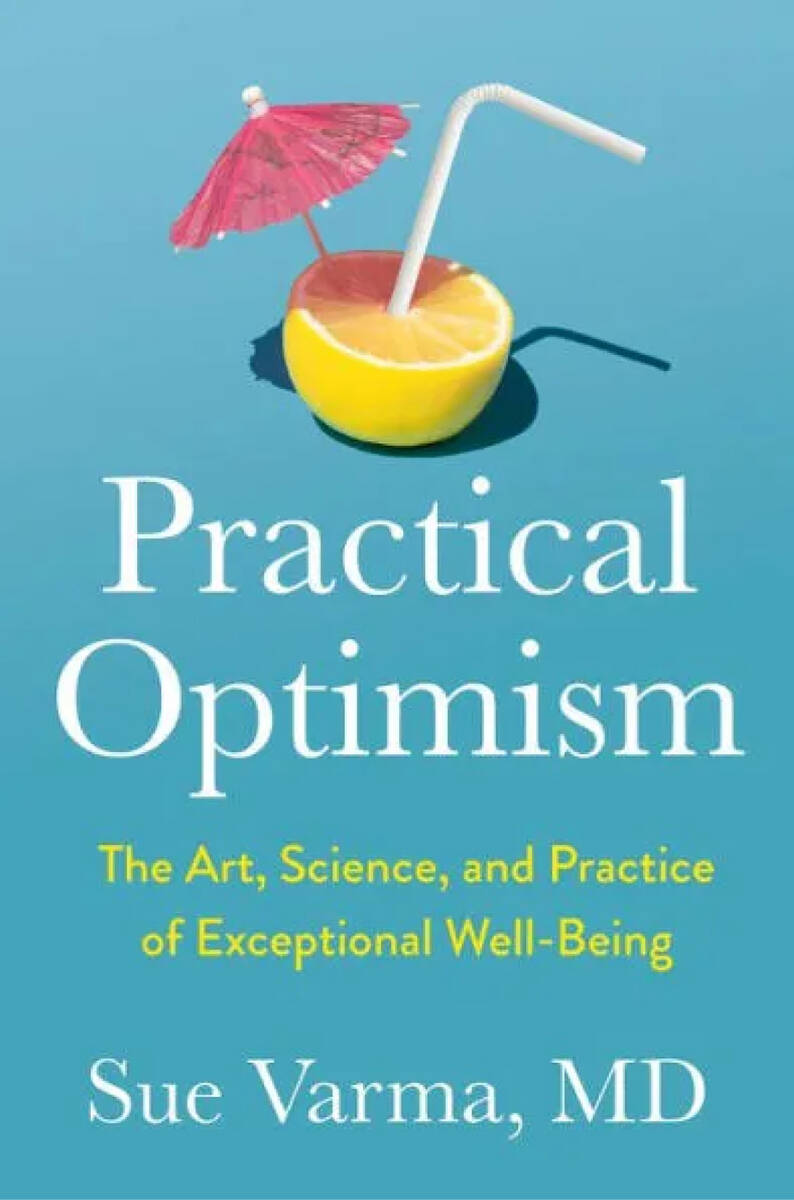4 steps to break out of a pessimistic mindset
There are some days — or perhaps even weeks and months — that we simply feel “down in the dumps.”
Whether we’re playing the comparison game on social media, feeling stressed from the weight of our daily responsibilities, dealing with loneliness or finding ourselves planning for worst-case scenarios at every turn, once we become accustomed to a pessimistic mindset, it can be hard to break away from the spiral of those negative thoughts.
However, it’s not impossible. And fortunately, we’ve got tips from an expert on transforming pessimistic outlooks.
Psychiatrist and author of “Practical Optimism: The Art, Science, and Practice of Exceptional Well-Being,” Dr. Sue Varma, is very familiar with helping clients who want to get rid of the negativity in their lives and “return to their own ‘baseline’ level of functioning, before, say, an acute stressor came into their lives.”
However, major stressors aren’t the only cause of negative thinking. It can be more ingrained in us than we might realize.
The root of negative thinking
It’s not just about getting help to get over a particularly upsetting event or bad news. Instead, it’s about getting to the root of negativity.
“Frequent negative thinking is often associated with pessimism and depression, and it can be a chicken or the egg type of thinking — which came first, the negative thinking that led to the depression or the other way around?” Varma explains. “Regardless, a key part of cognitive behavioral therapy is to address your thoughts, emotions and behaviors — making sure that the negative thinking didn’t take over.”
That “taking over” is crucial to Varma’s points about pessimism.
“Negative thinking becomes more severe when it meets the criteria of pessimism (based on the work of Dr. Martin Seligman),” Varma adds. “He talks about the ‘3 P’s of pessimism’— taking things personally, thinking that negative things are pervasive and believing the negative incident to be permanent. I’ve added a fourth one: when negative thinking makes us passive.”
Becoming more optimistic
“Ideally, you want to have a fairly accurate perception of yourself, your world and your future,” Varma says.
Leaning toward these accurate perceptions can become easier once an individual prioritizes their mental health.
“Good mental health is about investing in key healthy habits,” Varma explains, adding that this can include “seeking treatment if and when you need it, along with sleep, exercise and a good diet.”
“But one key habit is so important to me — (focusing) on maximizing our strengths, while also minimizing the negativity,” she adds. “We must regularly and proactively work to keep negative thoughts in check — not to be in denial, not to minimize the risk of things, but also making sure that pessimism doesn’t take over our lives.”
What she’s not saying, though, is to pretend that everything is OK when it’s not.
“No one is saying to engage in blind optimism or toxic positivity (hoping for things to work out without doing your due diligence or acknowledging the gravity of the situation — which is frankly, dismissive) but simply to recognize when we are engaging in those cognitive distortions,” Varma continues.
It’s about minimizing the “all or nothing thinking,” such as this example provided by Varma: “I either get that promotion or I’m a total failure.”
How to stop being pessimistic
1. Name it: It’s important to know and acknowledge what you’re experiencing.
“What is bothering you — can you point to either an external event or incident or even a thought that came to you?” Varma asks. “What is the antecedent or trigger that has got you down?”
2. Claim it: Awareness of how your pessimism is affecting your physical self is just as important.
“Where did you feel it in the body?” Varma asks. “Is it tightened fists, clenched jaws, insomnia, jitteriness, frequent urination or bowel symptoms? Oftentimes, our body expresses what our mind cannot.”
3. Tame it: You’ll want to make sure to give yourself time and space to process your feelings.
“Talk to someone, journal about it, take a few quiet deep breaths — this is the acknowledging — (sit) with it, (go) for a walk, (find) a healthy distraction, a few minutes of mindful meditation,” Varma suggests.
The most important thing with this step is to release your emotions.
“It takes far more energy to suppress emotions than it does to release them,” she explains.
4. Reframe it: “This is often the hardest, but most powerful (step),” Varma says, referring to “proactive strategies to counteract the negative thinking.”
According to Varma, some strategies for reframing a negative mindset include:
■ What you tell a friend: We are kinder and more creative when it comes to helping others come up with different ways of looking at things.
■ Will this matter five years from now? If not, can you let it go?
■ Is there another way of looking at this? Are there any positive aspects of the situation at all? Did I benefit from this in any way?
Some experiences simply have no positive aspects, and it’s important to acknowledge that as well. However, Varma says there’s a new way you can look at those situations as well.
“If there was zero upside to the situation, and it was a net negative, or potentially devastating loss, that’s keeping you in a negative loop, ask, ‘What is the utility of me thinking this way?’ ” she recommends. “This (is) a question that I ultimately ask myself or my patients when we can’t come up with any silver linings to a situation.
“I recognize that these steps take time and take some getting used to, which is why I urge you to practice them,” Varma adds. “Trust me, I do this for a living, and I still have to work at keeping negative thoughts at bay.”






























